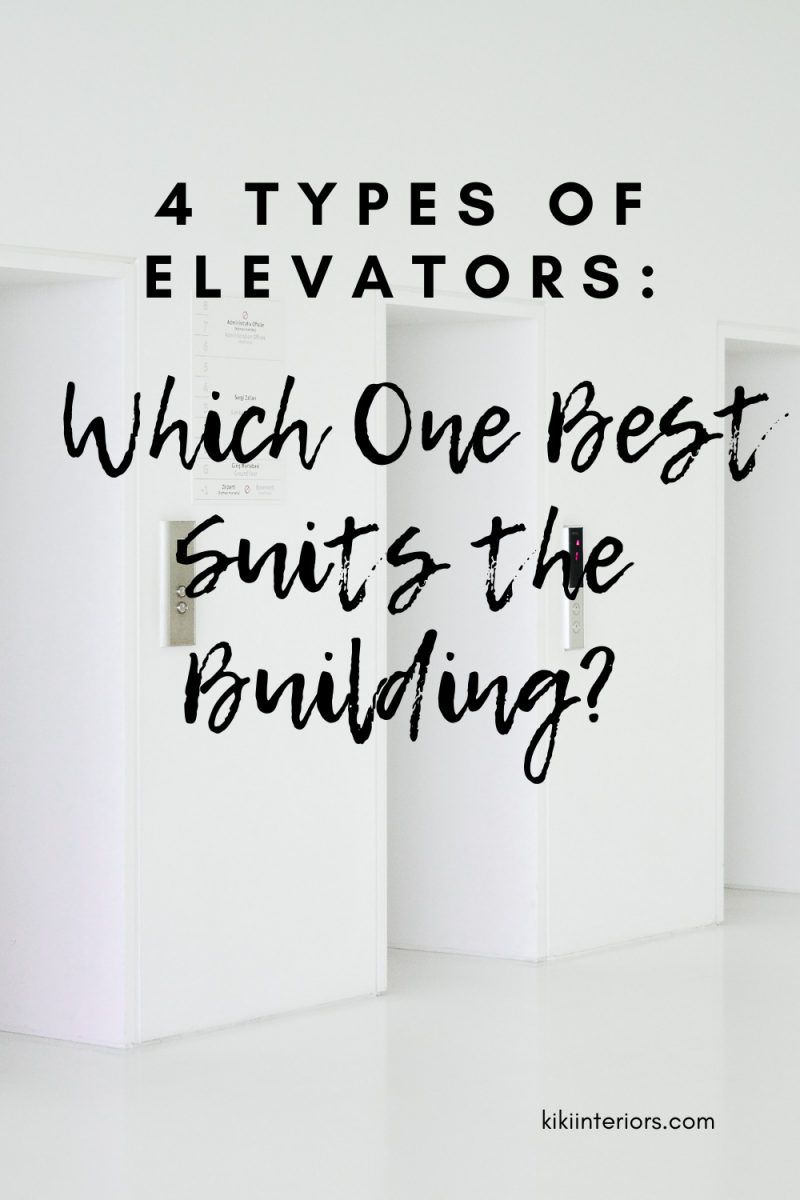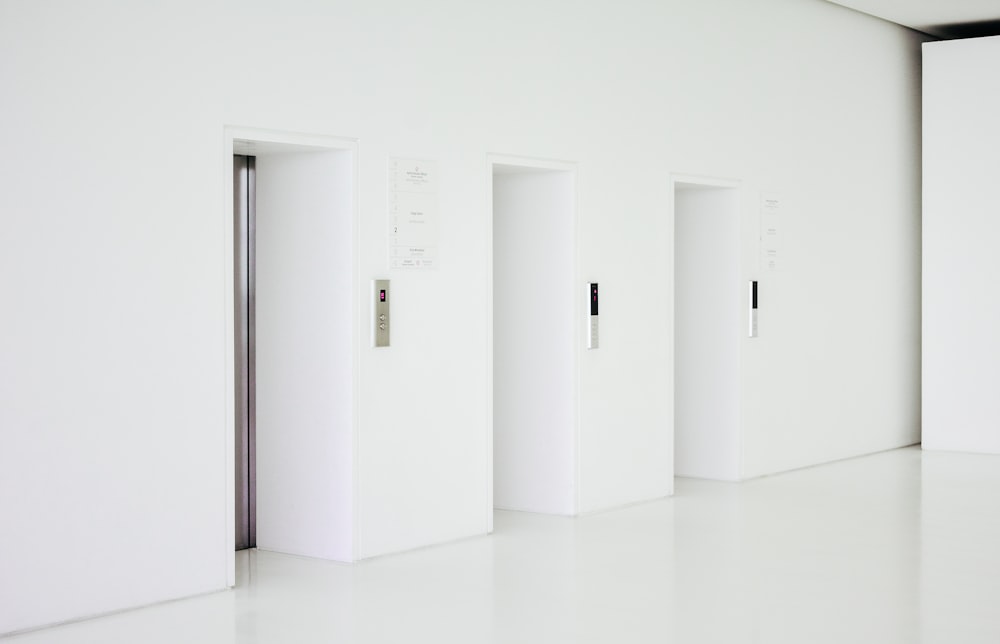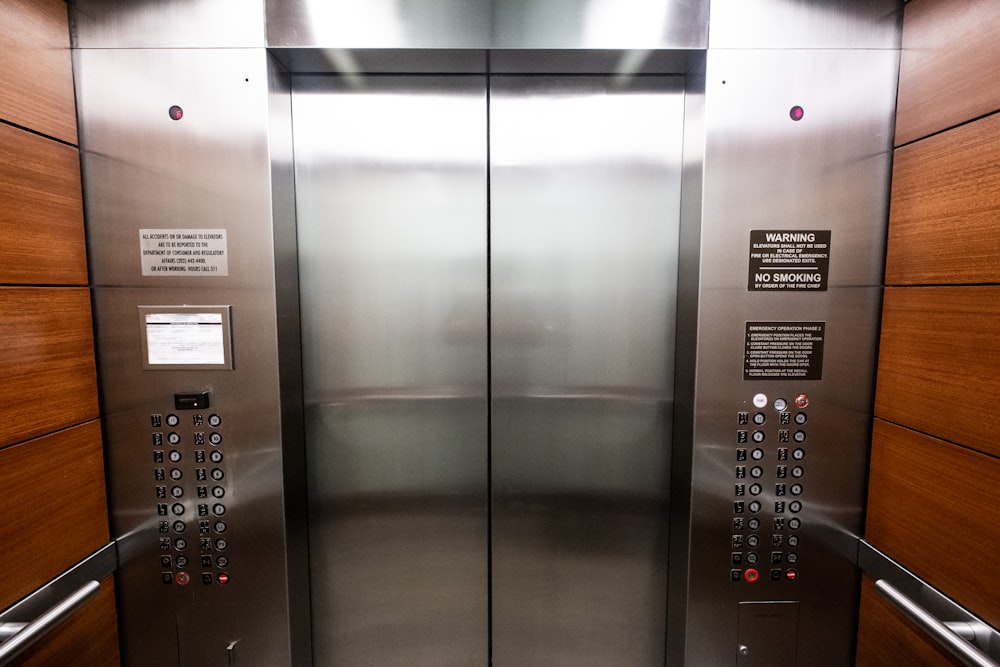
Elevators are necessary by law in buildings that are two-story or more. There are standard requirements set by the Otis Safety System and the elevators have to be designed to meet all of the needs for the different types of elevator users that visit the building. There are different elevator options that are available to meet these needs.
The lift installation services by Hin Chong uses the Otis Safety System that has been referred to the most since the 1850s. Otis Safety System has made it known that elevators have essential needs to meet these standards: control systems, counterweights, steel side-by-side pulleys, and steel beams over the elevator car. More modern elevators have emergency event items added such as phones and ceiling trap doors. Machine rooms are no longer necessary in modern elevators due to inbuilt safety mechanisms. The modern elevators come in four main types: hydraulic, traction, machine-room-less, and vacuum.

Hydraulic
Pistons for support are usually placed at the bottom to push the elevator car up while the hydraulic fluid is forced down by the electric motor. They are usually in 2-8 story buildings with 200-feet per minute maximum and the option of being roped to enhance the motion with a 60-foot limit. It is also common to have a pit with a sheave below the floor of the pit to support the retracting piston. There are also low maintenance hole-less hydraulic elevators that have a telescoping piston at the pit base and it can travel 50 feet or if it’s a non-telescoping it travels 20 feet.
Traction
A traction elevator has an electric motor above the shaft that the ropes pass over to raise and lower the elevator. It uses a counterweight to eliminate the occupant weight for easier movement. These come in both geared and gear-less traction. Geared Traction has a gearbox to power the wheel that moves the ropes up to 500 feet per minute, but the gear-less traction doesn’t have speed regulation gears so it can move up to 2,000 feet per minute.

Machine-Room-Less
These are becoming more common in mid-rise buildings. The conservation of energy and fewer space requirements make the name. They are designed with a machine fitted override space that can only be accessed by going through the top of the elevator. They also have a space-limit set at a distance of 250 feet.
Vacuum
These are air-driven and do not use any cables or pulleys to operate. It is a tube that is controlled by the air above and below the elevator car. The air pressure will push the tube upwards or the air pressure is minimized to bring the car down. It is constructed with polycarbonate and aluminum materials. There are three models that range from a single rider to wheelchair three passenger-accessible.
When it comes time to decide which elevator to install into the building, consider the most important factors after the standard safety requirements. Consider the different types of passengers and the weight of the users. If it is only going to be people, that is one thing. But, if it is going to have shipments or be used for services, consider what the shipments or service providers may need in regards to space, weight, height, double doors, and speed before deciding which elevators to purchase and install.



